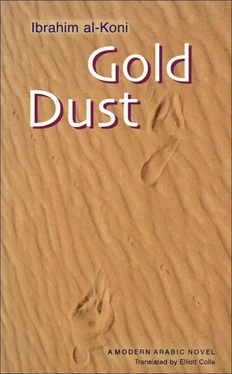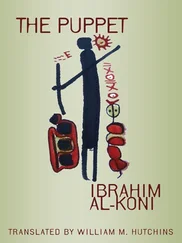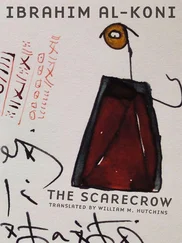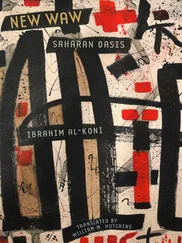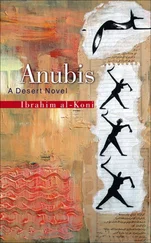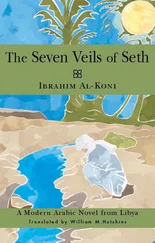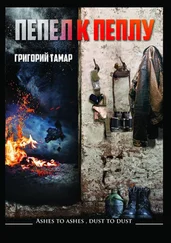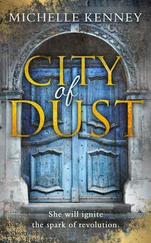These dynamics infuse al-Koni’s representation of Tuaregsociety, which is stratified, but also held together, by an intricate, hierarchical arrangement of classes — nobles, vassals, smiths, and African slaves. 1Arguably, Ukhayyad’s ambivalence about his own noble status marks the beginning of his exit from this class system — that is, from Tuareg society itself. Similarly, the noble character of the piebald is significant — as is the fact that his heedless behavior undoes the outward marks of his breeding. The term Mahrirefers to a stock of thoroughbred camels said to date back to a fabled Omani race of noble steeds. While ‘thoroughbred’ and ‘noble’ capture some of the characteristics of the original Arabic words, the novel assumes that readers will readily recognize a difference of character between purebred and regular mounts — a distinction admittedly lost on many of us for whom all camels are equally extraordinary. 2
The tagolmost—a uniquely Tuareg headdress consisting of an indigo blue turban and veil — is also ubiquitous in the novel and has its own function in the expression of nobility. As anthropologists have noted, this veil is worn by Tuareg men (not women) and has its roots neither in religious custom nor in mere practicality as a form of protection against harsh desert elements. Rather, its meaning is richly social — and is expressively manipulated to conceal (or reveal) emotion and intimacy in relationships. 3
As he does in his other novels, al-Koni alludes to Libyan prehistory and antiquity in provocative ways — most explicitly here in Chapter 29, when Ukhayyad encounters the petroglyphs depicting the hunt. Indeed, the Tadrart Acacus petroglyphs in Libya stand at the center of al-Koni’s fictional world. Some of this rock art dates as far back as 12,000 BCE and depicts lush scenes of the flora and fauna — including giraffes, hippopotami, and elephants — of the region before its desertification in ancient times. 4
Al-Koni is also sharply attuned to the pagan prehistory (or co-history) of the nominally Muslim Sahara. The orthodox, the heathen, the superstitious, and the heretical all coexist in this world. In Gold Dust , it is the appearance of Tanit, as well as the various references to magic, spell-casting, and dream interpretation, that signal this most explicitly. Tanit (also known as Tanith and Tanis) was the Phoenician lunar goddess (and patron of Carthage) also revered by the indigenous Berber peoples of North Africa. A consort of Baal, she was goddess of war, motherhood, and fertility — and associated both with the Ugaritic goddess Anat and the Phoenician goddess Astarte. Among her symbols was the isosceles triangle, which recent scholarship has associated with particular designs of modern Tuareg art. 5The appearance of the moufflon, or Barbary sheep, also has resonances within pagan pre-history, for the wild animal had a totemic, noble significance in pre-Islamic Berber North Africa.
The long-extinct silphium(of the genus ferula ) was an herb known since the time of the Greek colonization of Libya and used in Roman cooking. Thought to be a form of giant fennel, the herb was prized for its savory taste, and also as an abortofacient. In any case, so valuable was the herb that it figured on coins in Roman Libya. Silphium achieved a near mythical status in antiquity when, either due to overharvesting or climate change, it disappeared from the narrow strip of Cyrenaica where it grew.
Finally, a word about two of the Sufi references in Gold Dust . At more than one point in the novel, Ukhayyad finds himself hanging between life and death. In the original, al-Koni often uses the Arabic word barzakh to describe this liminal space. While commonly translated as ‘obstacle,’ or ‘separation,’ this Qur’anic word has rich resonances — referring to the interval separating this world from the hereafter, or heaven from hell. For Sufis, its meaning is broader, referring to a point between light and darkness, spirit and matter, the animate and the inanimate. This space is not purgatory in the Christian sense, but the realm that the spirit passes through as it transcends bodily form. 6
The novel’s references to the lote tree are also replete with Islamic and specifically Sufi undertones. In the Qur’an there is mention of “the lote tree of the farthest reaches” (sidrat almuntaha). According to tradition, this tree marked the farthest point to which the Prophet Muhammad traveled during his ascension to heaven — it stands at the very boundary of existence, beyond which no one can pass. With enormous leaves and fruit, the lote tree stands at the edge of heaven itself, and under it flow the four rivers of paradise. For Sufis, the metaphor of the lote tree marks the point at which the mystical seeker moves beyond human guidance and into the realm of experience itself.
I would like to thank the author and Nadia Mahdi for their help in preparing the translation.
1. See Jeremy Keenan’s ethnography of the Tuareg of Algeria, The Tuareg: People of Ahaggar (London: Sickle Moon, 2002).
2. For more information about the history and mechanics of camel herding, nomadism, and camel saddlery, see Richard W. Bulliet’s classic, The Camel and the Wheel (Cambridge, Mass: Harvard University Press, 1975).
3. See Susan Rasmussen, “Veiled Self, Transparent Meanings: Tuareg Headdress as Social Expression,” Ethnology 30, no. 2 (1991): 101–17.
4. Despite its manifest faults, the best-known popular work on the rock art of the Sahara remains Henri Lhote’s Tassili Frescoes: The Rock Paintings of the Sahara (London: Hutchinson & Co., 1959). For a detailed exposition of the problems and frauds of Lhote’s work, see: Jeremy Keenan, The Lesser Gods of the Sahara (London: Frank Cass, 2004), 193–225.
5. See Thomas Seligman and Kristyne Loughran, eds., Art of Being Tuareg: Sahara Nomads in a Modern World (Los Angeles: UCLA Fowler Museum, 2006).
6. In this novel, as elsewhere, al-Koni evokes the work of Muhammad al-Niffari, an early figure of Islamic mysticism. See al-Niffari’s work on the liminal points between various points of being, The Mawaqif and Mukhatabat , trans. A.J. Arberry (London: Cambridge University Press, 1935).
